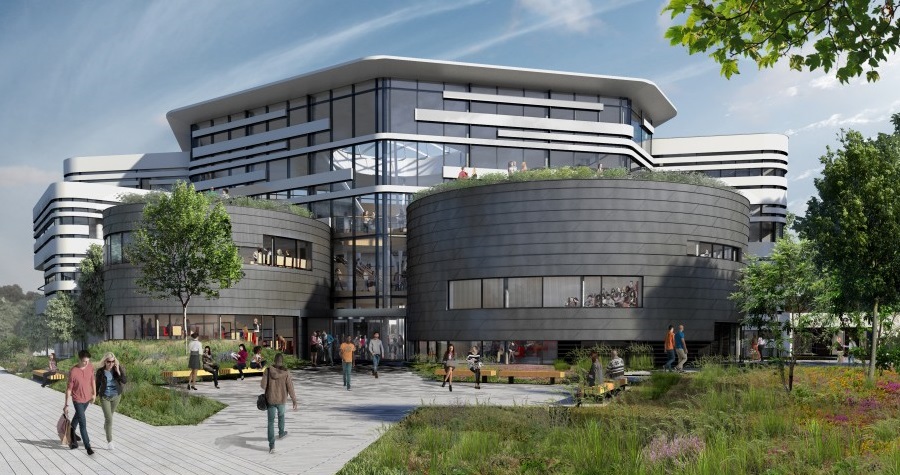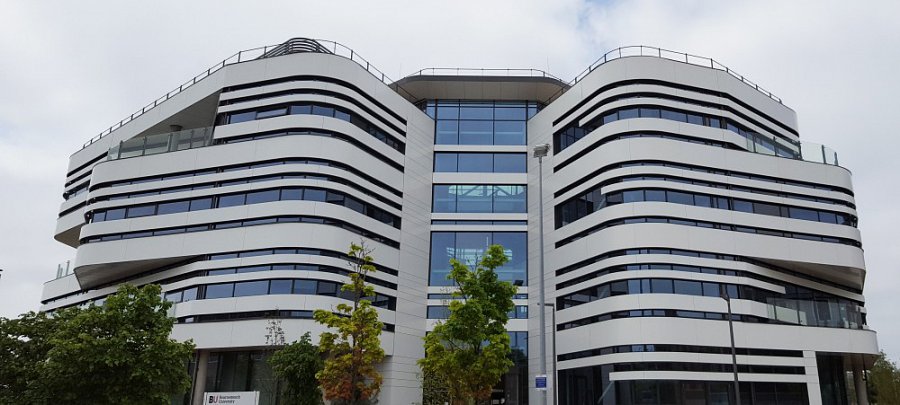The aim of the Fusion Building project is to provide a new flagship building on Talbot Campus of Bournemouth University which will act as a strategic enabler of ‘Fusion’, the key concept behind the BU2018 strategy. The new building is to be positioned at the rear part of the site and will provide 5800m2 of academic space, catering and shared teaching spaces.
The DQI Briefing stage workshop allowed stakeholders to question project priorities and ensured a unified approach to the brief and design priorities, with the objective of reaching a consensus as to what the project should achieve. A number of issues were identified for further consideration:
- The building should reflect the high academic standards, aspiration and vision of the University;
- The building should be sustainable and environmentally friendly, with a minimum requirement for BREEAM excellent, aspiring for outstanding;
- Re-development of the site should not detract the existing valued and attractive landscaped areas.
Comments in relation to BU Student Centre Briefing workshop held previously were included in the report, as these were found to be useful to the Client and Design team during the development of design for the Fusion Building. Results and comments in this session were used at later DQI Mid design stages to evaluate the design.
There were two Mid design stage workshops held 8 months apart. In the first session participants assessed the design proposals and highlighted aspects that might require modification, by using notes from the Briefing session as a benchmark. The second session (Pre Construction Stage) held just before works started on site had the aims of re-assessing the design to ensure outstanding issues have been resolved, affirming the building’s success in reaching users’ expectations, and ensuring the design delivers an exceptional building that satisfies the needs of its users and the community. In general, participants were positive about the forward looking design, the sense of space and daylight within the building, the range of facilities provided, the opportunities to support new ways of working and the sustainability credentials of the scheme. Some issues still remain to be addressed.


